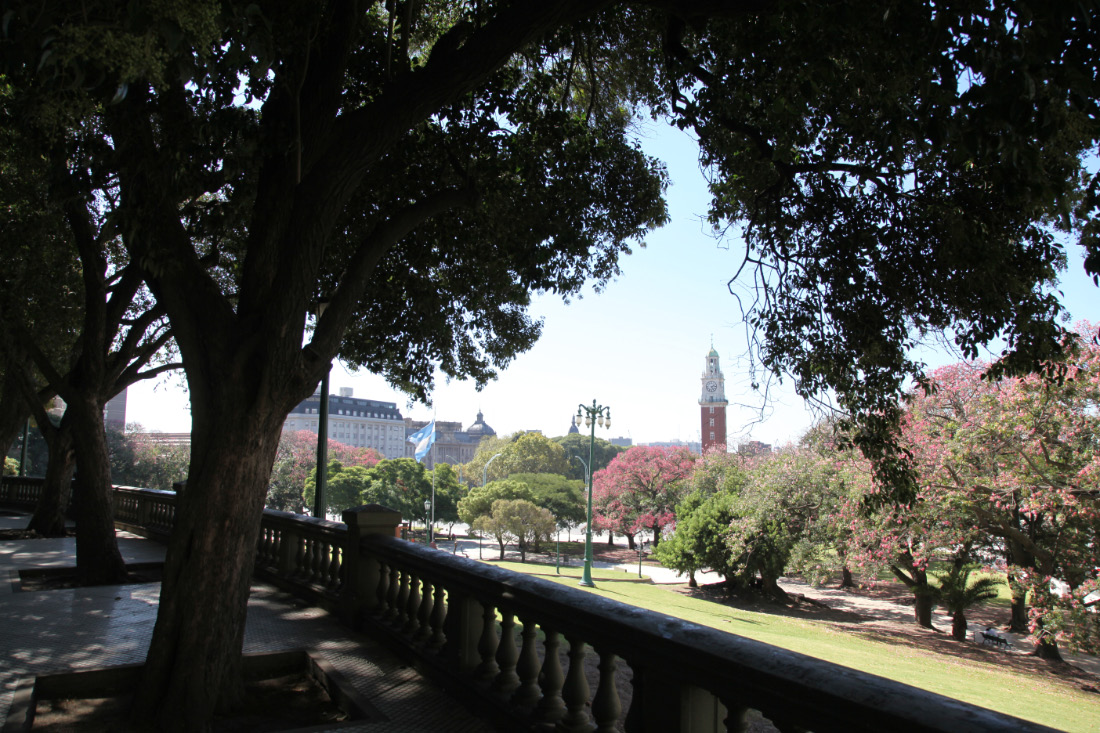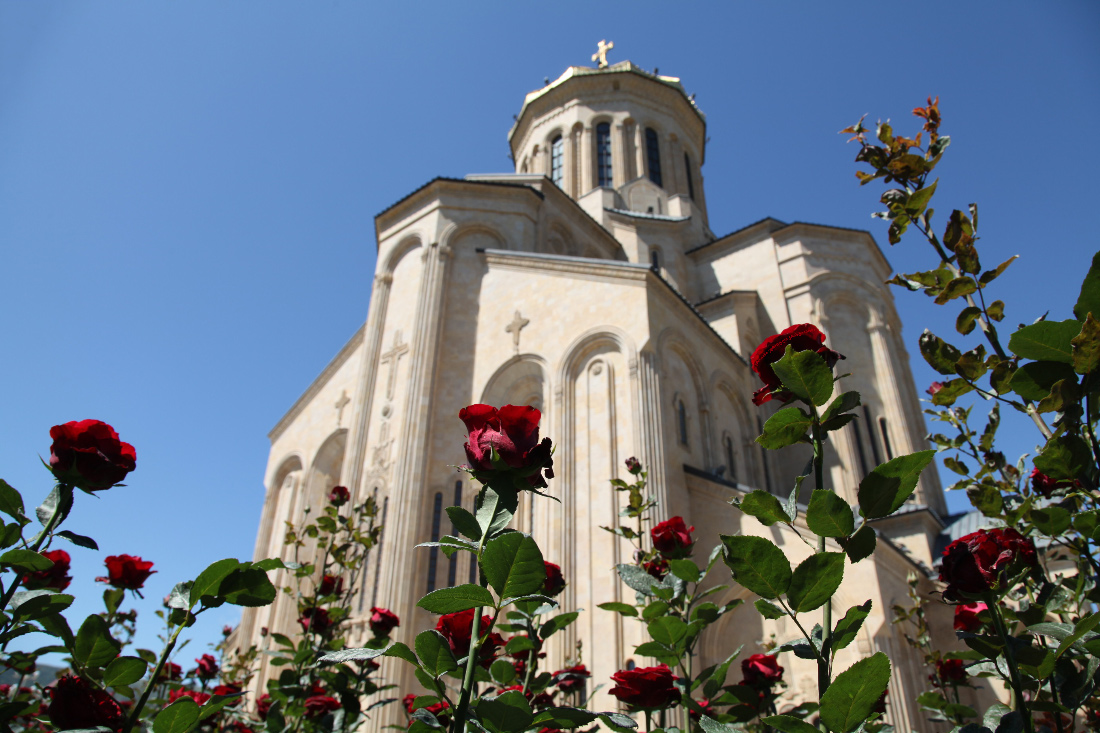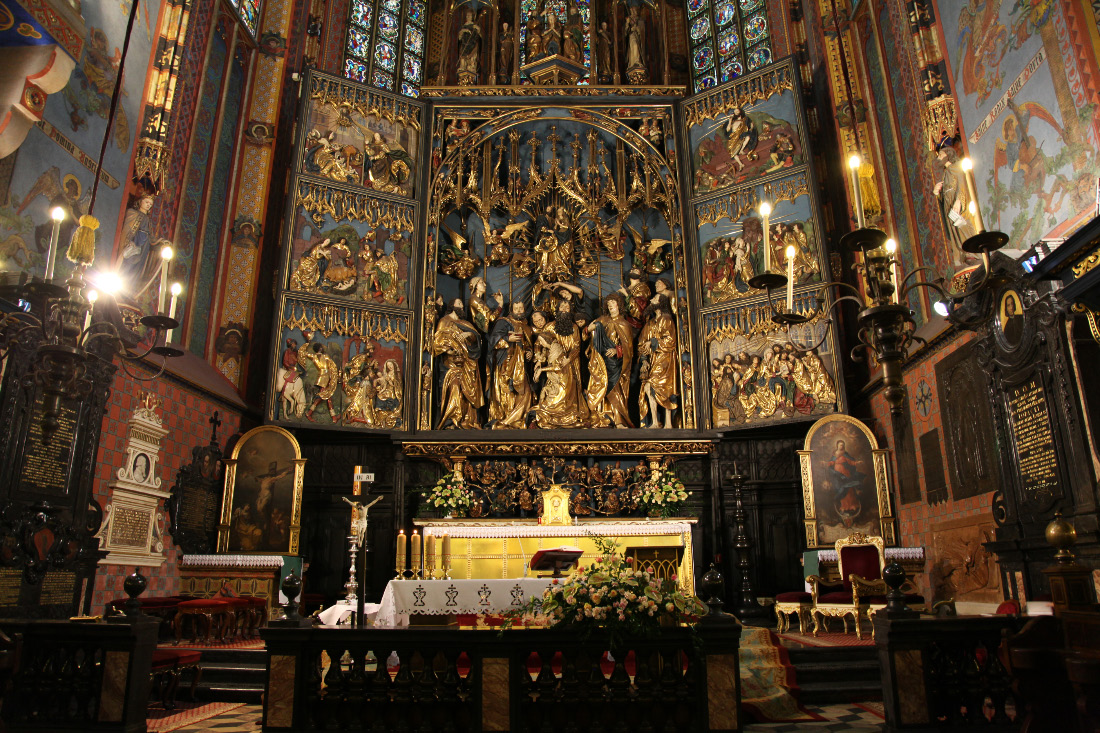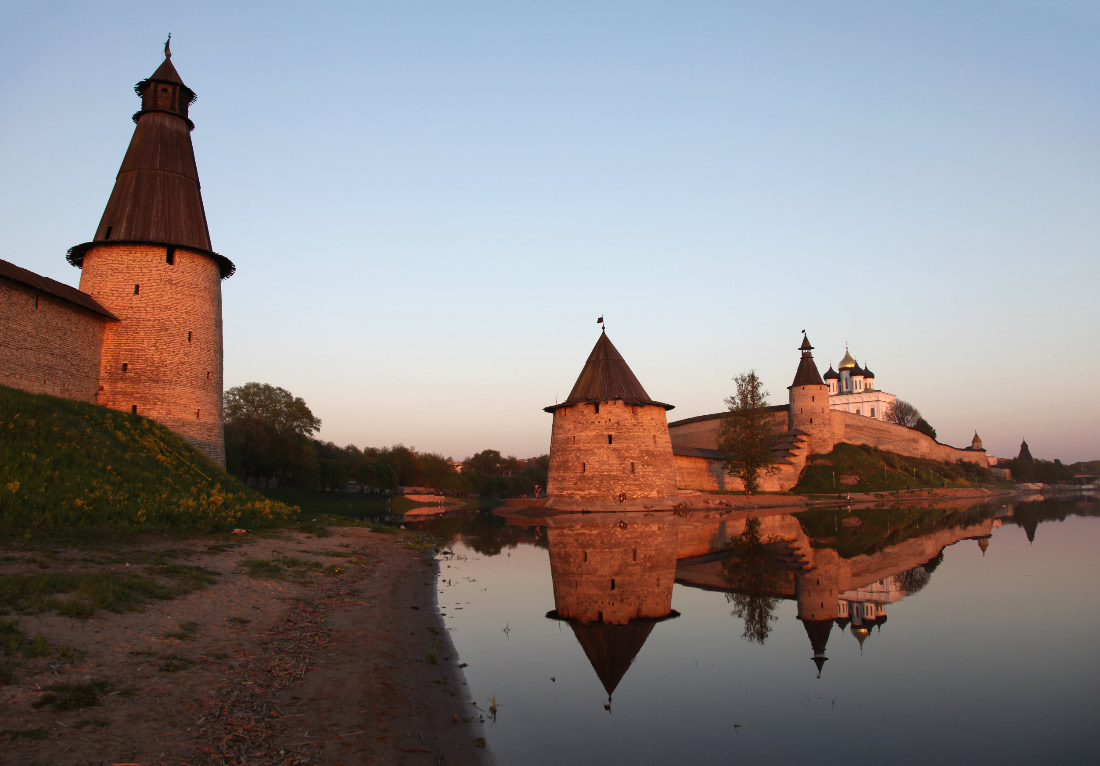| |
This list of countries whose territories and peoples are constituent parts of United European Christendom is intended to be factual, not judgmental. It represents which territories are part of European Christendom, not which territories should be. It is not coextensive with the Church. The Church is universal and eternal. United European Christendom may occupy 48 percent of the land surface of Earth. It may encompass a population of approximately 1,200,000,000 people, who produced a GDP of 40,238,403,000,000 US$ in the 2012 twelve-month (approximately 56 percent of the World's total). It may endure as a civilization for 50,000 years, or indeed for less than that number of days. At all events United European Christendom will be neither universal nor eternal. By the Grace of God, European Christendom is not even coterminous with Christendom. Lots of people from other civilizations are Christian, and maybe better Christians — and closer to God — than many other people within European Christendom. Those countries included on the list are those whose populations (i) historically have been, by a clear majority, both ethnically European and Christian — Christian through baptism and by conviction and self identification — and (ii) which presently are populated, again by a clear majority, by the Descendants of European Christendom. Much has been and will be said and written about the words and concepts in the preceding sentence. Some discussion and, hopefully, some insights will also be included in the film, United European Christendom — Heal the Schism Now, but the film is mostly about the re-unification of the Church. |
|
| |
|
|
| |
 |
|
| |
Past trees and balustrade of beautiful Plaza San Martin in beautiful Retire, a glimpse of the 76 meter clock tower, Torre Monumental. To the British government and British community of Buenos Aires it seemed just a grand thing to celebrate in 1910 the centennial of the May Revolution of 1810, which after all had been effectively fought against the Spanish, and so, complete with Portland stone and Gloucestershire Stonehouse bricks, the Torre de los Ingleses (Tower of the English) came into being and was duly inaugurated in 1916. After the Falklands War with the British in 1982 however, it seemed to the Argentinians a better idea to call the tower Torre Monumental. |
|
| |
 |
|
| |
Curious co-incidence that Iberia ( იბერია – Ἰβηρία ) would be a name used for both a state, north of Armenia, in the Southern Caucasus of Antiquity and the Early Middle Ages and also for the Peninsula, about 4500 kilometers west as the crow flies, which includes Spain, Portugal and Andorra. As for the Cathedral here pictured ... |
|
| |
— თბილისის წმინდა სამების საკათედრო ტაძარი – Tbilisis cminda samebis sakatedro tadzari – Holy Trinity Cathedral of Tbilisi — |
|
| |
... though by the Grace of God she has competitors for beauty, and yet surely this central Cathedral of the Orthodox Church in Georgia is one of the most beautiful of Church buildings anywhere, and indeed for very late XX / early XXI century efforts, perhaps she can even claim first place for beauty: wonderful, magnificent. |
|
| |
 |
|
| |
Krakauer Hochaltar – Ołtarz Wita Stwosza – the Altarpiece of Veit Stoß: glorious national Gothic treasure of the Polish and German People and of all people of European Christendom and of Christendom universal. Wit Stwosz – Veit Stoß (* um 1447 in Horb am Neckar im Südwesten Baden-Württemberg – 1533 in Nürnberg †) created his 13 meters high and 11 meters wide triptych altarpiece masterwork in Krakow during the years from 1477 to 1489 for the Kościół Archiprezbiterialny Wniebowzięcia Najświętszej Maryi Panny – Basilica Church of the Assumption of the Blessed Virgin Mary, Kościół Mariacki, rebuilt after the Mongol invasion and devastation, then consecrated in 1320. |
|
| |
 |
|
| |
Picture from the North looking south, and upriver, at the divergence of the Pskov River – Река Пскова (viewer's left around the kremlin) and the much wider Great River – Vekikaya-Великая Река (to the right). Pictured from viewer's left are the: Высокая Башня – High Tower > Плоская Башня – Flat Tower > and then, forming part of the inner wall of the Pskov Krom (or Kremlin) Псковский Кром - Кремль, its northernmost tower, the Кутекрома Башня Кутекрома – Kutekroma Tower, originally of 1399 vintage. The Church within the Pskov Kremlin is the much more recently constructed Trinity Cathedral – Троицкий Собор, dating to the very late XVII century, consecrated 1699.
|
|
| |
|
© ™ ® 2010 UEC ОЕХ ΕΕΧ ՄԵՔ ეექ All rights reserved. |
|